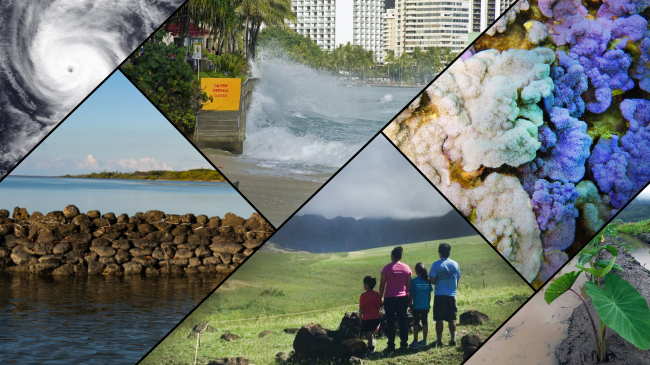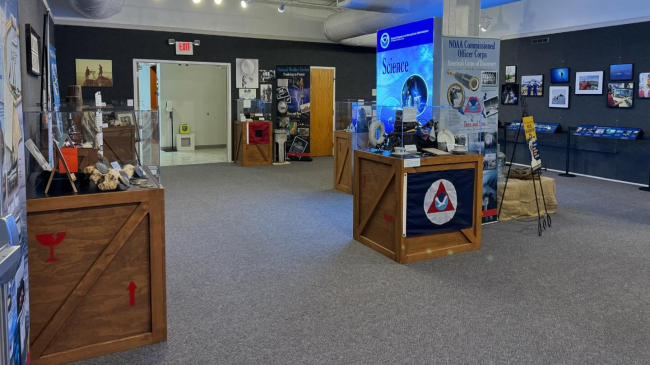In 2022, investments from the Bipartisan Infrastructure Law and Inflation Reduction Act helped catalyze NOAA’s efforts to build a Climate-Ready Nation by 2030. These investments resulted in a transformative year for climate action at NOAA and across the federal government.
The impacts of climate change are felt in every corner of the country. From devastating Hurricane Ian slamming Florida, to widely destructive wildfires across the western U.S., 2022 saw 18 billion-dollar disasters — tied for the third most disaster events since 1980 — with a cumulative price tag of $165 billion.
Here are five ways NOAA helped communities across America and around the world unlock data, collect information and use tools to help understand and address climate change in 2022.
1. We created new tools to help communities nationwide understand climate risks.
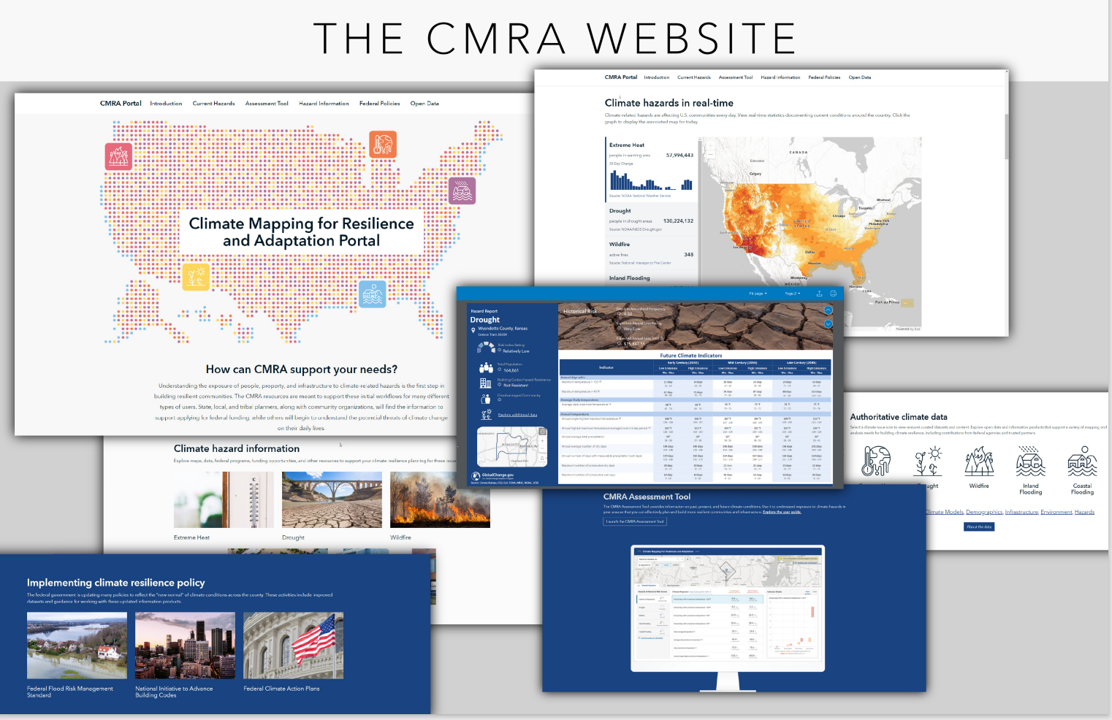
Last year we rolled out the Climate Mapping for Resilience and Adaptation (CMRA) portal. The portal gives communities across the nation real-time information about climate-related hazards in their area, and helps community organizations identify federal funds to use for climate resilience projects.
Our Heat.gov online portal, also released in 2022, provides clear, timely and science-based information from across the federal government to help communities and businesses across the nation understand and reduce the health risks of extreme heat.
2. We put investments in weather and climate forecasting to work.
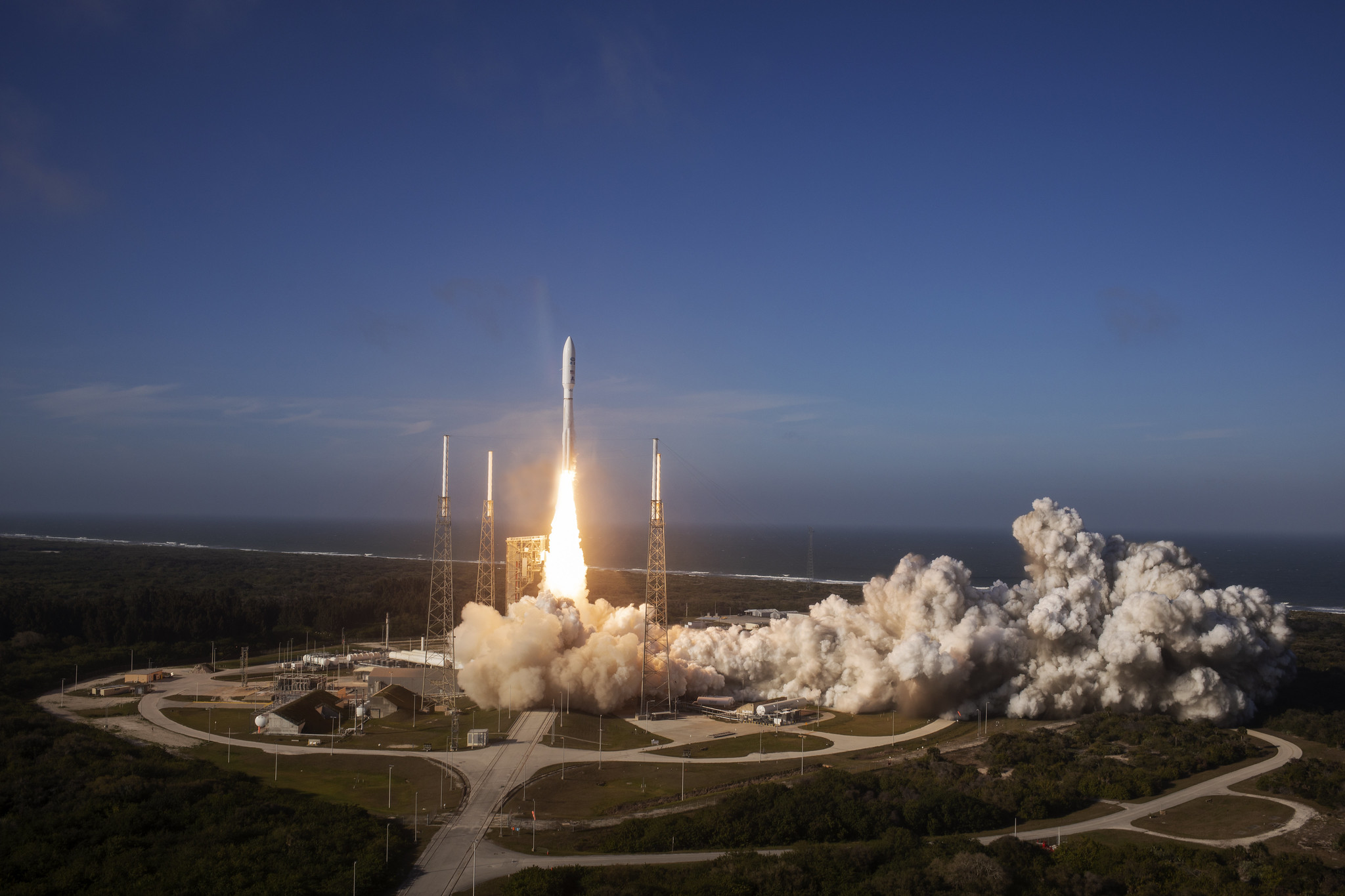
We launched two new satellites in 2022 that provide the 24-7 environmental intelligence necessary to understand our changing planet. NOAA’s GOES West satellite tracks weather and climate hazards threatening the West Coast, Hawaii and Alaska, while the NOAA-21 satellite supplies data used for forecasting extreme weather and monitoring climate change.
We also deployed the nation’s newest weather and climate supercomputers in June 2022, which supported public safety and the national economy by enabling more detailed forecasts and critical safety warnings further in advance.
3. We supported a ‘New Blue Economy’ that helps the environment and economy thrive.

In alignment with the Biden-Harris Administration's America the Beautiful initiative, we took the first steps toward designating a new national marine sanctuary in Hudson Canyon — a large underwater canyon 100 miles off the coast of New York and New Jersey — that is home to a range of diverse marine species, and drives commercial and recreational activity in the region.
Accurate and actionable climate data is critical to help coastal communities plan for the future. For example, updates to sea level rise projections issued by NOAA and federal partners in February 2022 showed that much of the U.S. coast will face an additional 10-12 inches of sea level rise by 2050. This information is critical to ensuring a safe, secure future for coastal communities.
4. We advanced equity across our climate services and within our workforce.
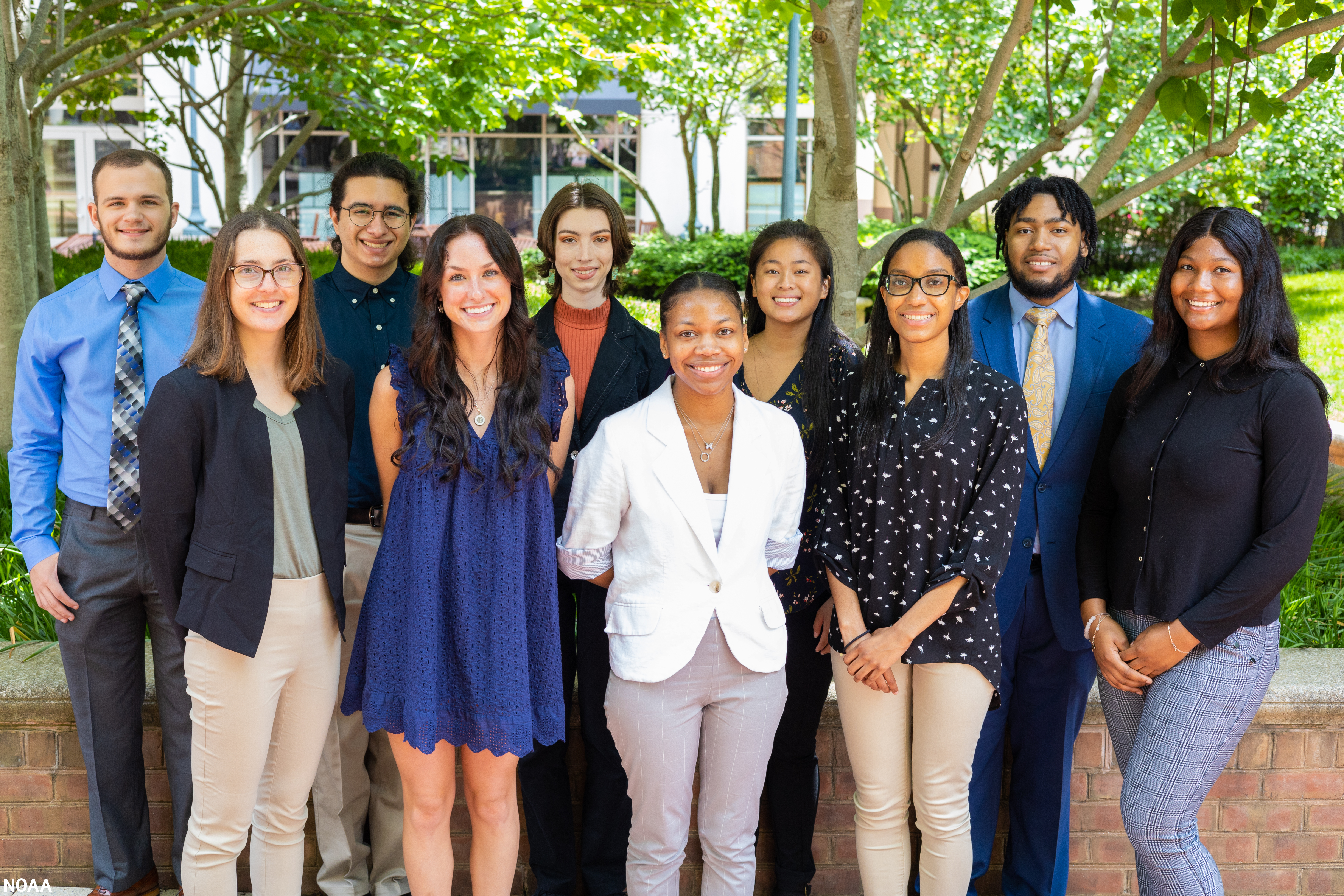
We initiated seven pilot projects to work directly with underserved communities to tackle regionally-focused climate hazards. These pilot projects, which are part of a series, are designed to address feedback received from our partners during a number of roundtable discussions in 2021 about how NOAA can help vulnerable communities understand, prepare for and respond to climate change.
We made strides towards advancing equity within NOAA as well. The number of NOAA scientists who identify as minorities increased 3.2% in 2022. Of NOAA’s 7,799 scientists, 1,201 (15.4%) currently identify as minorities. Having a workforce that more closely resembles the makeup of the country will help NOAA collaborate with communities to solve climate challenges.
5. We helped other nations become Climate-Ready.
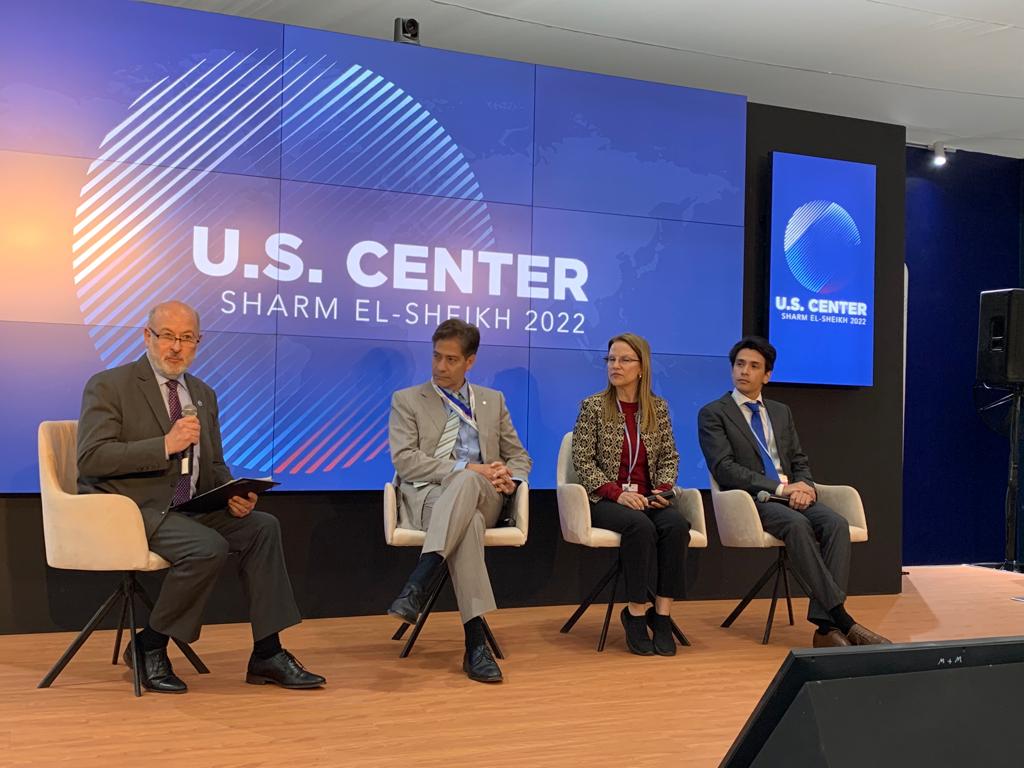
In 2022, we expanded our urban heat island mapping efforts internationally, collaborating with local communities in Freetown, Sierra Leone and Rio de Janeiro, Brazil, to identify “hotspots” — or hotter than typical areas — within those cities.
At the 27th United Nations Conference of the Parties, (commonly known as COP27), NOAA announced a partnership with the U.S. Agency for International Development and the U.S. Department of State to improve early warnings for weather and climate-driven disasters internationally.
NOAA works year-round to help individuals, communities and businesses become climate-ready and resilient. Stay up-to-date with the latest news and opportunities.


